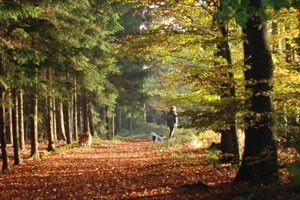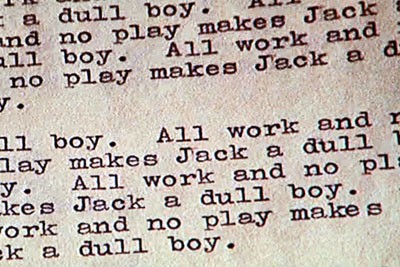
For a nation of horse lovers, the discovery of equine DNA in food products earlier this year was horrifying. It caused nationwide outrage, with many people sickened that they may have unknowingly consumed meat from the same species as their beloved pets and, in many cases, best friends.
But are we just being a bit squeamish about the whole situation?
During a speech at the World Horse Welfare annual conference, Princess Anne – president of both the charity and the Pony Club – suggested that the British attitude to eating horsemeat needs to change.
With 7,000 equines at risk of abandonment and neglect this winter, could an active horsemeat industry in this country change things?
The prices of horses have plummeted, meaning some may be worth more as meat. If the choice was between selling the animals for meat or being exposed to starvation, slaughter certainly becomes the kinder option. The Princess Royal inferred that the prospect of selling horses for meat may increase the value of the animals, helping to reduce the number of welfare cases.
 She further claimed the issue with the horsemeat scandal was not the presence of the horse DNA, but the lack of honesty in what is going into our food. If the food were labelled correctly, would Brits be more inclined to eat products containing horsemeat?
She further claimed the issue with the horsemeat scandal was not the presence of the horse DNA, but the lack of honesty in what is going into our food. If the food were labelled correctly, would Brits be more inclined to eat products containing horsemeat?
If the Princess Royal is willing to debate the idea, then perhaps we should rethink our attitudes towards horsemeat.
The question is, regardless of the positive impact a meat industry may have on welfare of equines throughout the country, could Brits ever truly get over the uncomfortable thought of eating them?
I know I couldn’t.
As vet students, we are taught about humane slaughter of different species and meat inspection; some of us may well find ourselves working in abattoirs in the future. Are we soon going to have to learn about slaughter of horses too?








 Surprisingly, kennel cough is one of the few canine conditions that is a zoonosis.
Surprisingly, kennel cough is one of the few canine conditions that is a zoonosis.
 It has been suggested that the restricted number of graduates being able to go directly into clinical practice would mean that more veterinary students would be encouraged to take a different career route (research or veterinary education, for example). But if the aim is not to produce veterinary professionals, why not instead increase the intake on veterinary biosciences courses for those more interested in research?
It has been suggested that the restricted number of graduates being able to go directly into clinical practice would mean that more veterinary students would be encouraged to take a different career route (research or veterinary education, for example). But if the aim is not to produce veterinary professionals, why not instead increase the intake on veterinary biosciences courses for those more interested in research?



